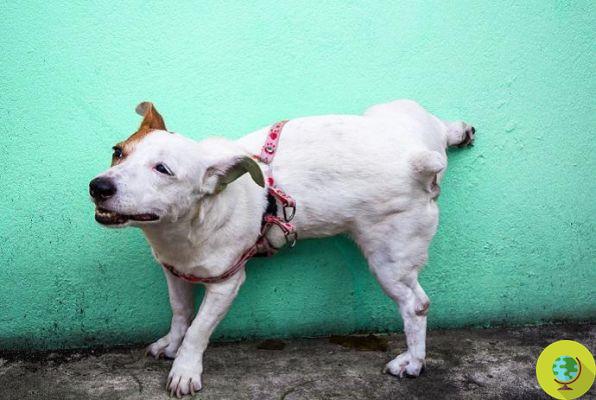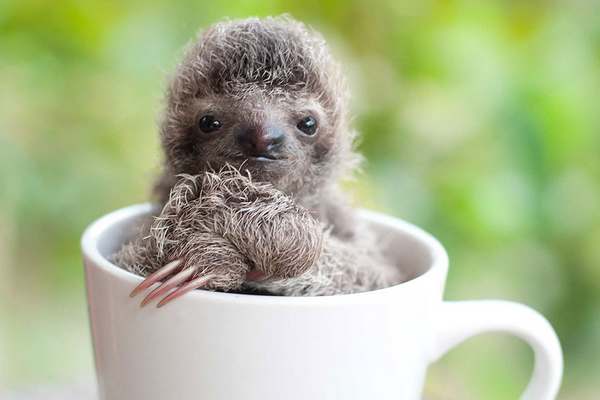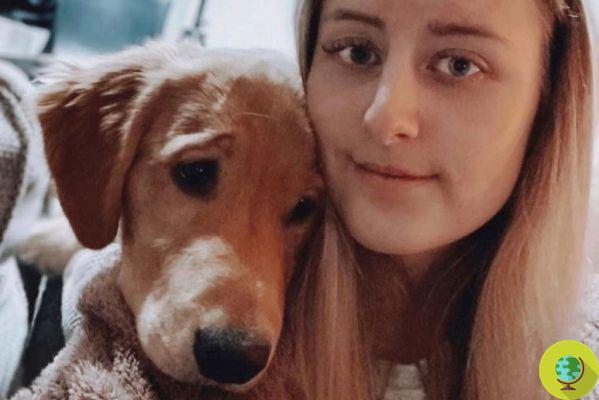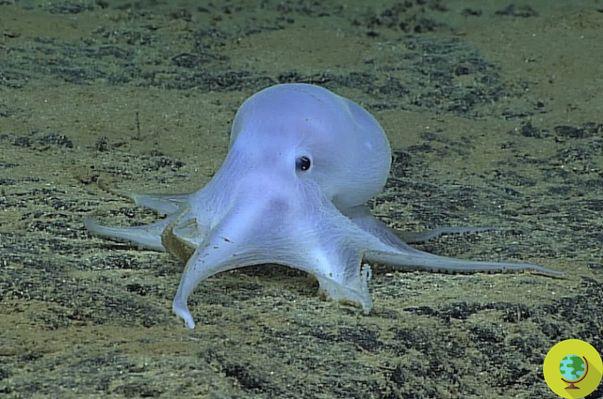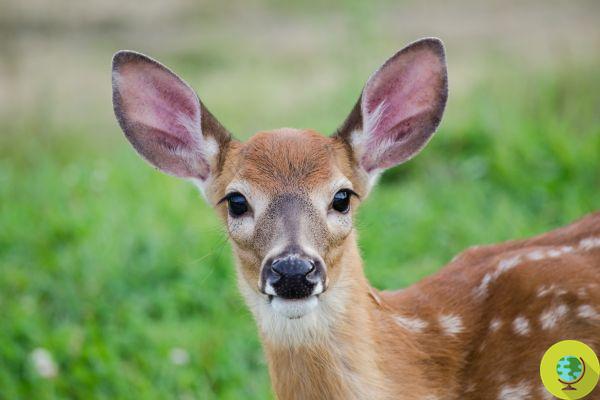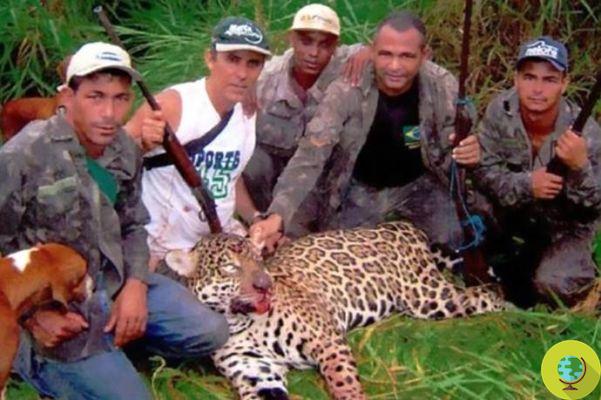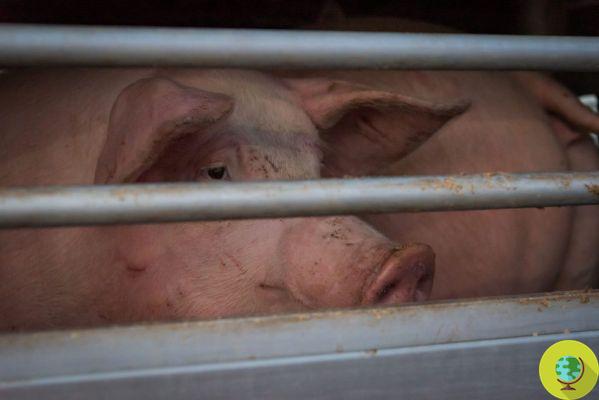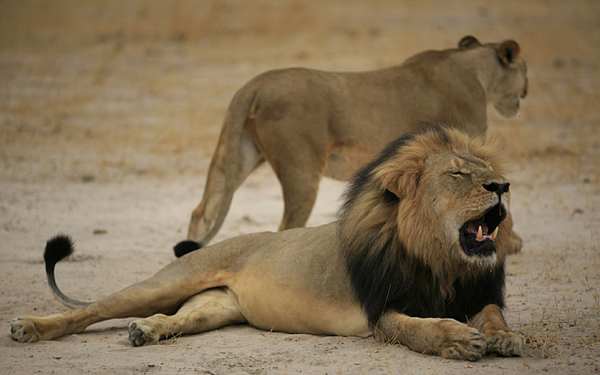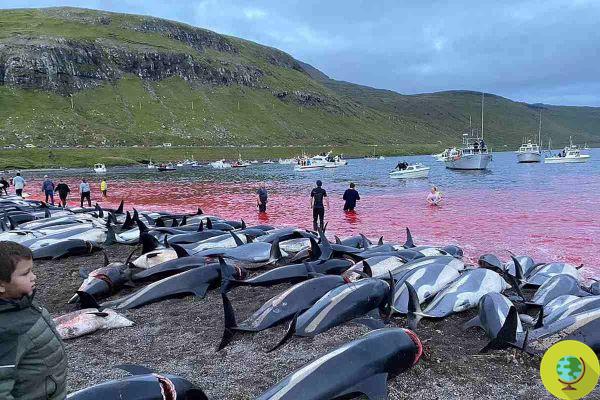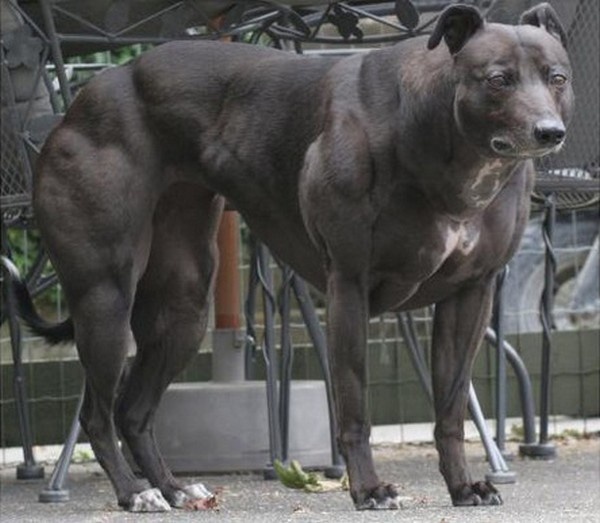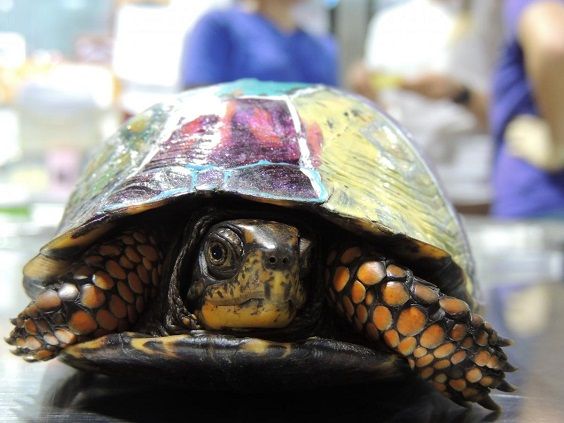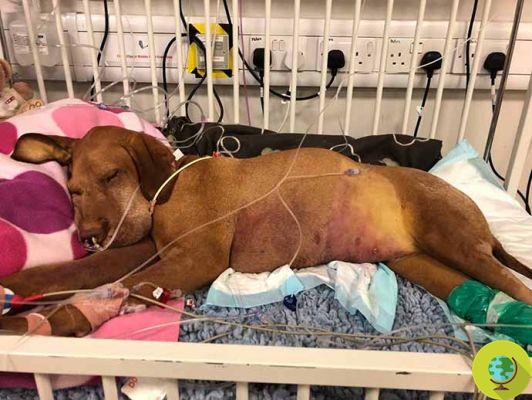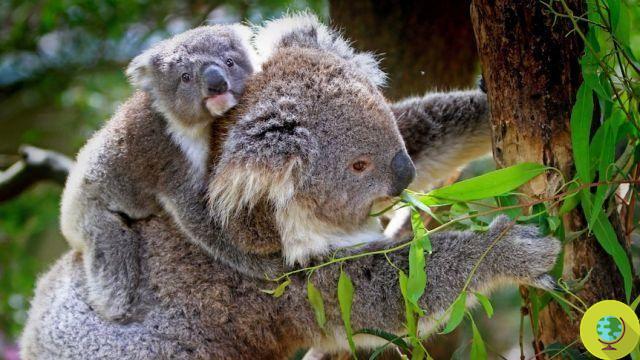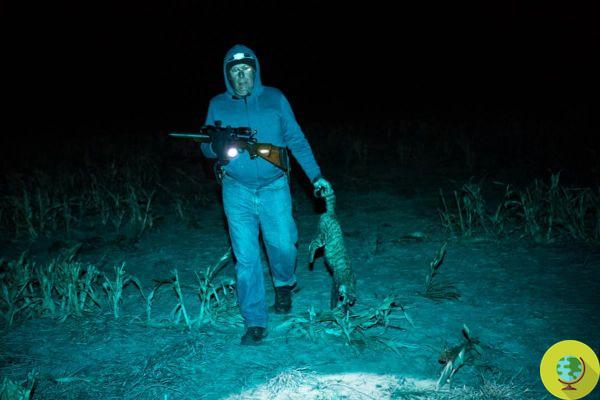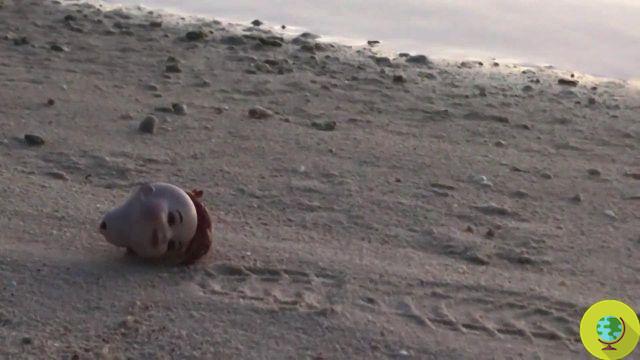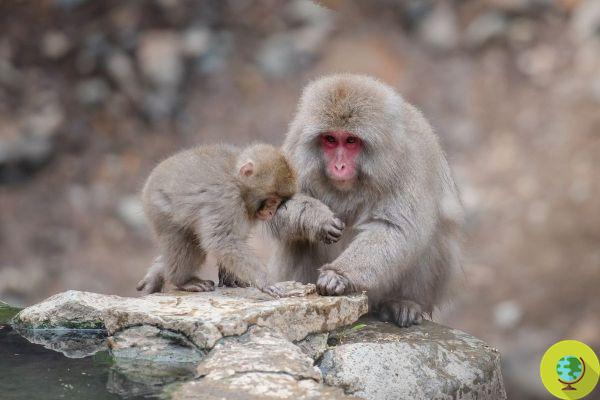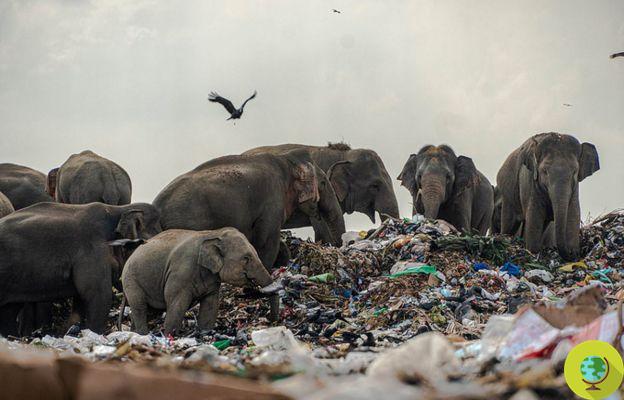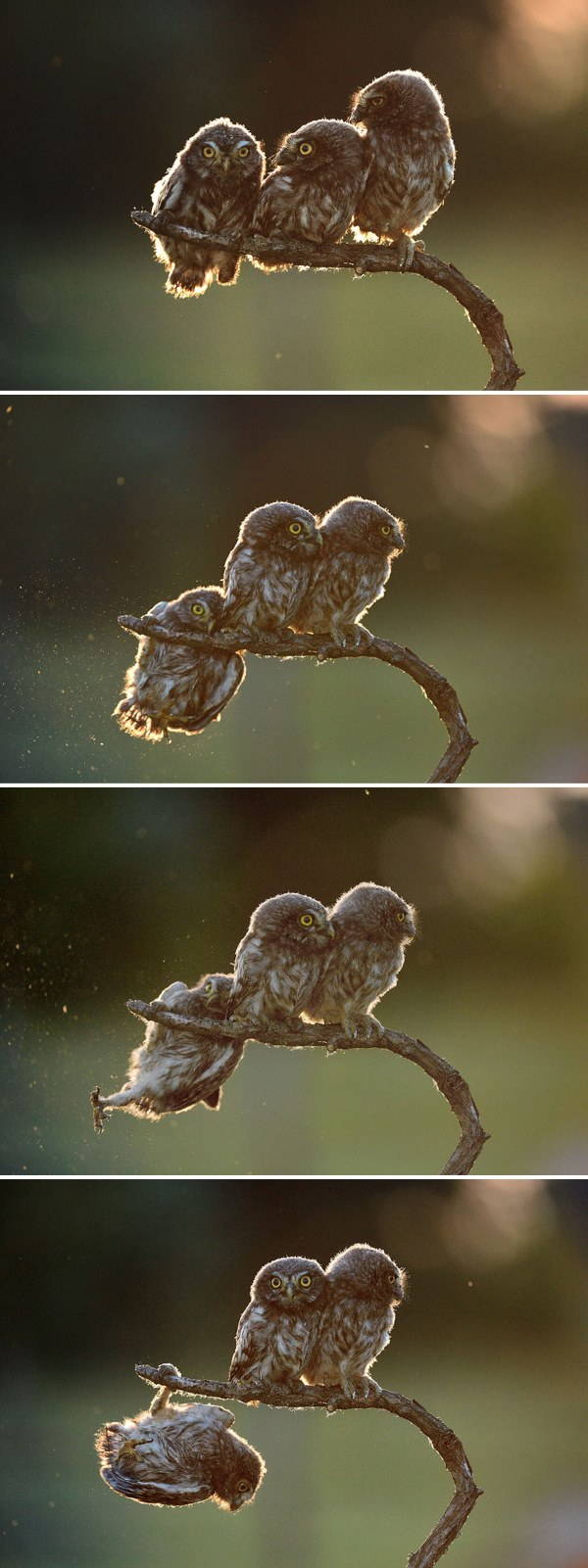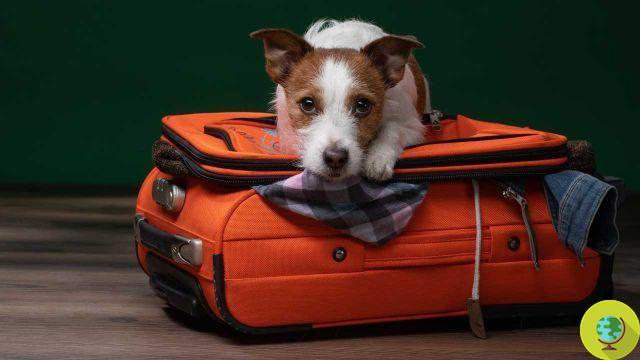In Chernobyl a wolf has crossed the exclusion zone. Danger of mutant genes?
He is about to end up run over, his mother saves himFor the first time, scientists have tracked down a wolf that has left the Chernobyl radioactive zone
A radioactive area which, a twist of fate, has become a real nature reserve. It happened in Chernobyl, where the exclusion zone, the Cez, completely off-limits to humans, has become the habitat of a good portion of wildlife. But what happens if one of the animals walks away? Is it a risk of mutant genes?
Researchers at the University of Missouri-Columbia are wondering, having observed a grey Wolf move away for more than 300 kilometers from the Chernobyl exclusion zone.
Il Chernobyl nuclear disaster of 1986 left a highly toxic landscape, but in the past 30 years there have been continually small signs of nature's recovery. With its approximately 4.300 square kilometers, the area is still considered too contaminated to be habitable, but some wild animals seem to enjoy the lack of interference from human activities (in particular the gray wolves have flourished: the population exceeds 7 times that of residents in other nature reserves).
But now it appears that some animals are pushing the boundaries of the area, most notably this young male gray wolf who would have ventured about 369 kilometers from his lair.
It was 2015 when American scholars found 14 wolves in the Belarusian portion of the Cez, 13 adults over 2 years of age and a younger specimen between the ages of 1 and 2. A radio collar was applied to all to monitor their movements and this is how scholars understood that the young specimen ended up in 21 days over 300 kilometers away from the Chernobyl Exclusion Zone. The last signal from the radio collar was sent months after it automatically disengaged from the wolf, so scholars don't know what happened to it (they don't know if the collar malfunctioned, or if the wolf died while still wearing it, away from the Cez).
Is this proof, on balance, that there is indeed the possibility of mutant genes spreading among animal populations outside the exclusion zone? Experts say that at the moment there is no reason to worry, indeed "it is reasonable to assume that similar events are also happening for other animal species".
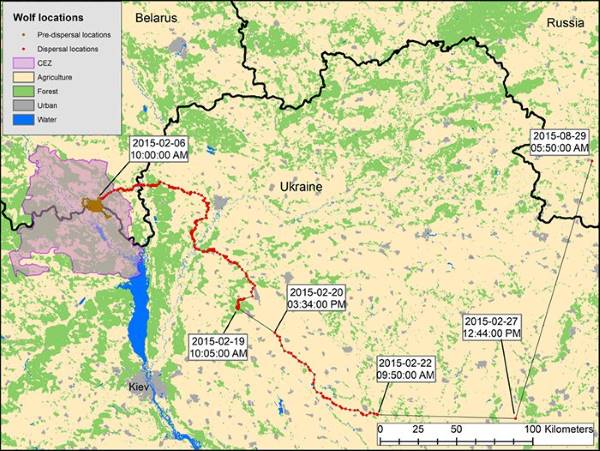
What's more, according to the researchers, with similar incidents not only could we learn more about how nuclear fallout affected wildlife, but it could also reveal how genetic mutations could be part of the larger animal population, although the "mole ”Of mutations that have occurred is yet another controversial issue among scientists.
Ironically, researcher Michael Byrne concluded "the wolves we monitored all had four legs, two eyes and a tail, and were not bright green." What is certain is that there is still no concrete data on how these wolves could genetically differ from other populations.
Read also
- The documentary about the life of the radioactive puppies of Chernobyl (VIDEO)
- The invisibles of Chernobyl: what Belarus does not want us to see (PHOTO)
- Chernobyl's radioactive dogs living in the 'red zone' (PHOTO)
Germana Carillo
Photo Credit




